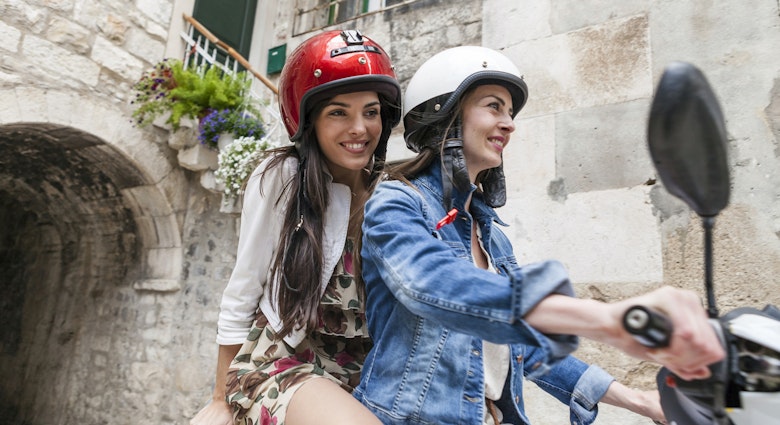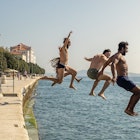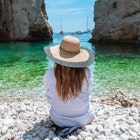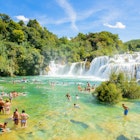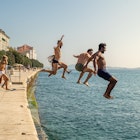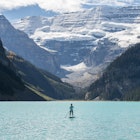With current hotspot Dubrovnik and the fashionable islands of Hvar and Korčula, southern Dalmatia is receiving an influx of tourists of late. But northern Dalmatia, which boasts the same beautiful beaches, rich cultural heritage and spectacular national parks, has yet to experience the same level of popularity. Follow the path less trodden to this stunning part of Croatia's coastline and you'll find shimmering turquoise waters, towering mountain peaks and deserted islands, as well as some of the country's most charming towns and liveliest music festivals.
Wild swimming, waterfalls and white-water rafting in Krka National Park
The 73km-long Krka River and its wonderful, tumbling tufa waterfalls create and epitomise the landscape of the Krka National Park. So stunning is the strange karst terrain that it provides regular backdrops for the hit HBO series Game of Thrones. Rafting the river’s lime-green and Listerine-blue waters past banks of wild flowers affords an experience of almost unearthly beauty.
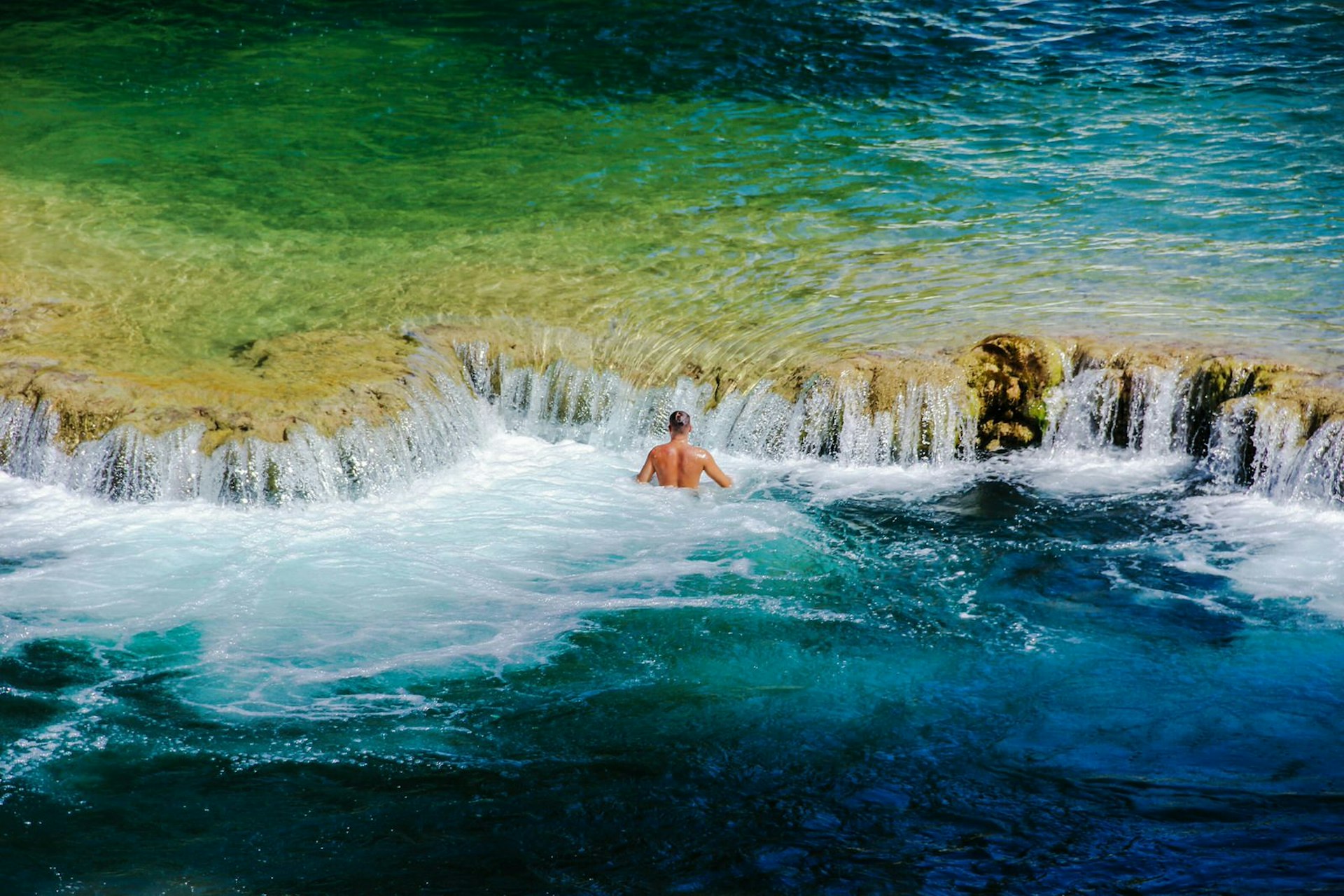
Less arduous than paddling is swimming in the enormous lake at the base of Skradinski Buk. At 46-metres-high the tallest of the park’s seven waterfalls. You can walk there on raised walkways or take the free boat from Skradin. Between mid-June and October you can cruise further north for a tour of Krka Monastery, where St Paul and St Titus are said to have paid their dues.
Roman ruins and modern innovations in Zadar
The city of Zadar, located on a peninsula surrounded by turquoise water, was once a Roman colony. Its main square, the Forum, is an outdoor museum of Roman ruins overlooked by the 11th-century church of San Donatus. Had it not been for the 72 bombing raids during WWII, the city would have historic architecture to rival Dubrovnik. Still, we’re lucky it survives at all as post-war planners wanted to knock it all down. Sense prevailed and instead a brave new ‘utopian’ city was born incorporating 3000 years of Roman, Venetian and Slavic history.
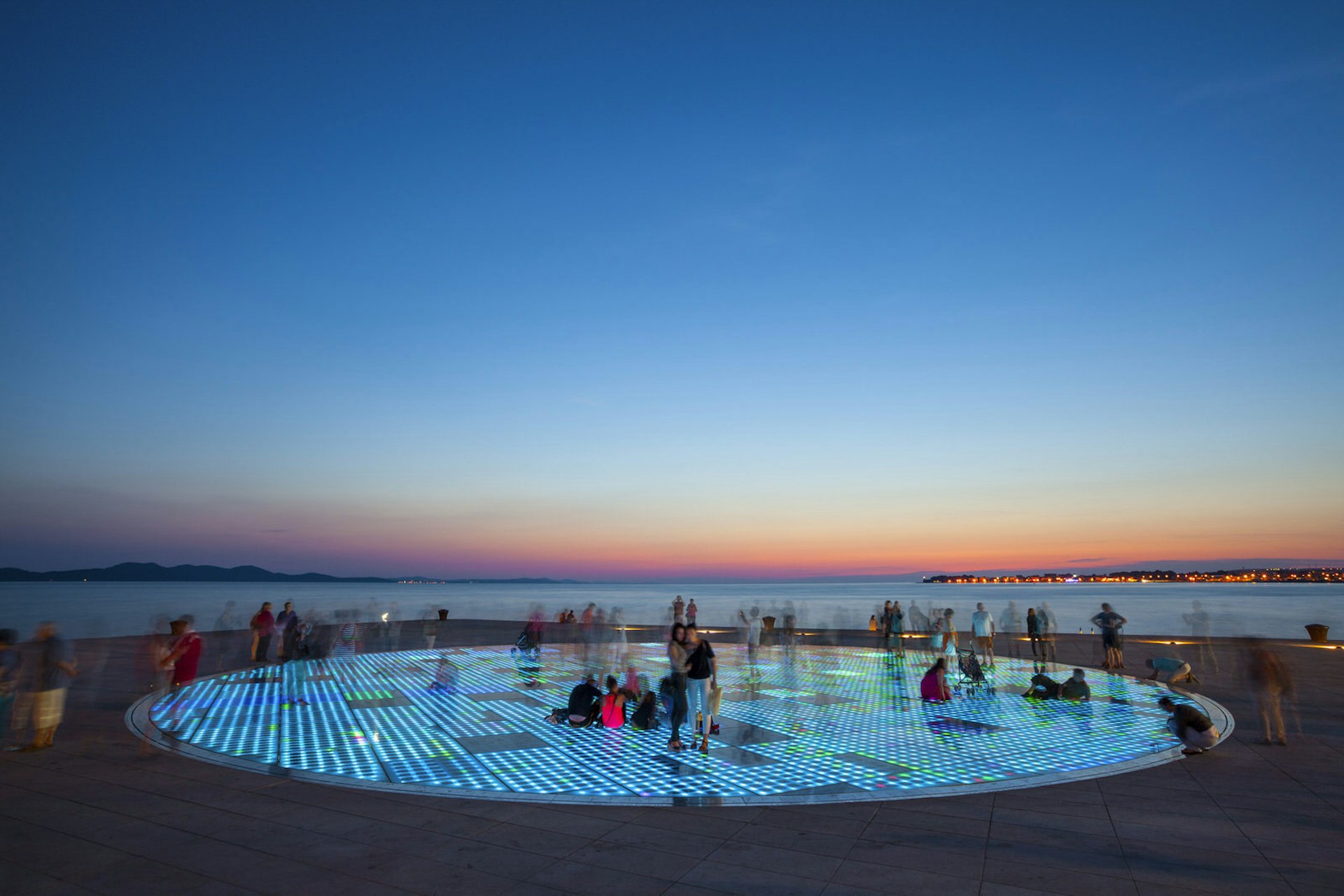
Aside from historic architecture, the city's main attractions are two contemporary art installations by local architect Nikola Bašić – the singing Sea Organ, a series of 35 underwater pipes that whistle as the waves wash through them, and the Sun Salutation, a solar-powered lighting installation.
Climbing, canoeing and caving in Paklenica National Park
Rising sharply from the Adriatic and covering nearly 100 sq km of the Velebit Massif, Paklenica National Park is an adventure tourism paradise of alpine peaks, dense forests and subterranean caves. Two deep gorges, Velika Paklenica and Mala Paklenica, crawl with rock climbers; while hikers trek through several different micro-climates, from the sun-baked Mediterranean coastline to sub-alpine forests laced with shady trails.
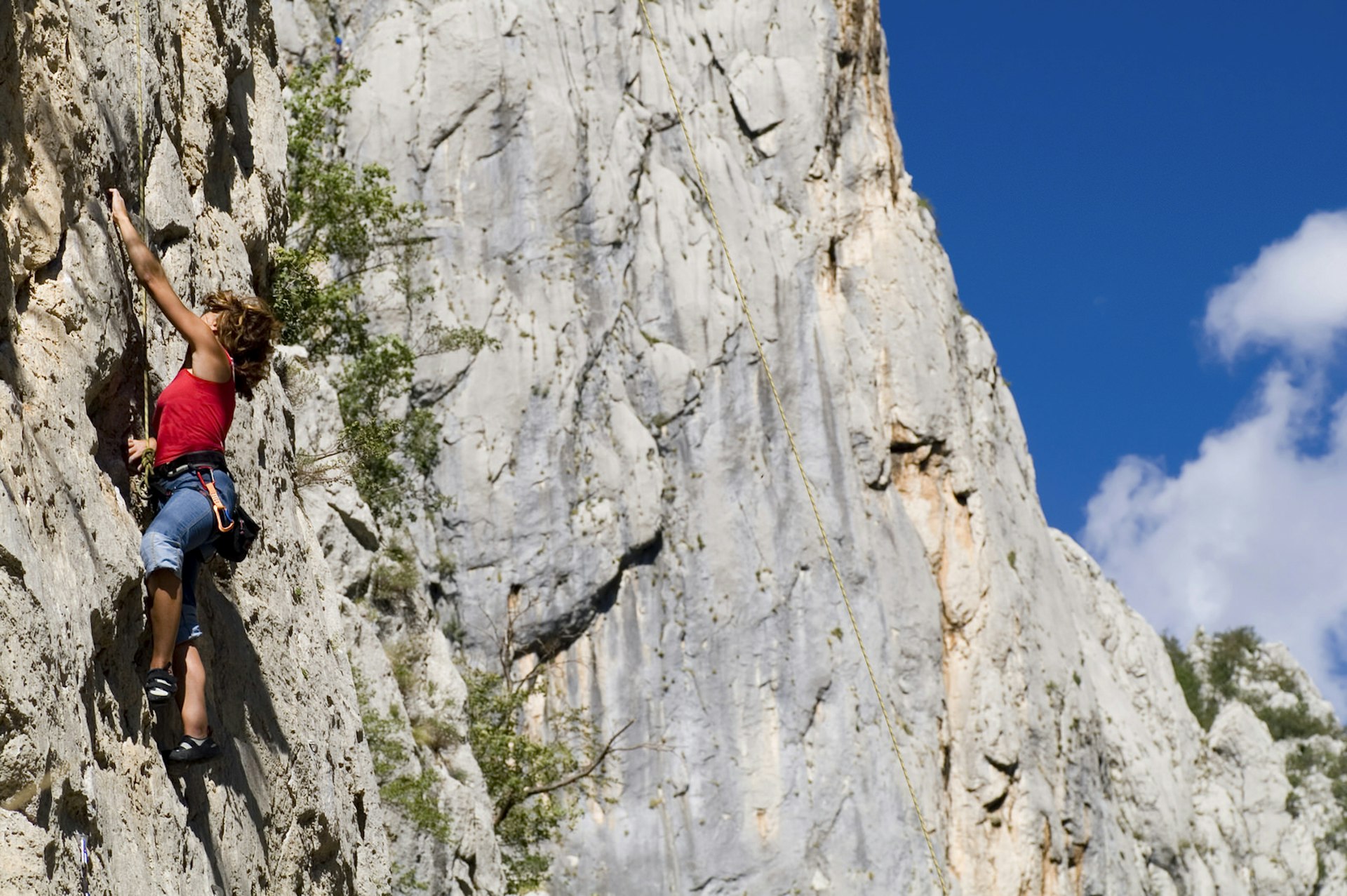
Only one of the park's atmospheric caves, Manita Peć, is open to the public but its enormous, dripping stalactite formations are well worth the steep trek to reach it. A few mountain huts (np-paklenica.hr) provide accommodation inside the park. Otherwise the National Park campsite (camping.hr) is popular with outdoor enthusiasts.
Tradition meets modernity on Pag Island
Pag is unique among Croatian islands; a barren, pale pink wilderness that looks more Martian than Mediterranean. Thirty thousand sheep (three times the number of people) eke out an existence on its salty marsh grasses and herbs, while at Lun thousands of centuries-old olive trees are still owned by indigenous families even though the land is not.
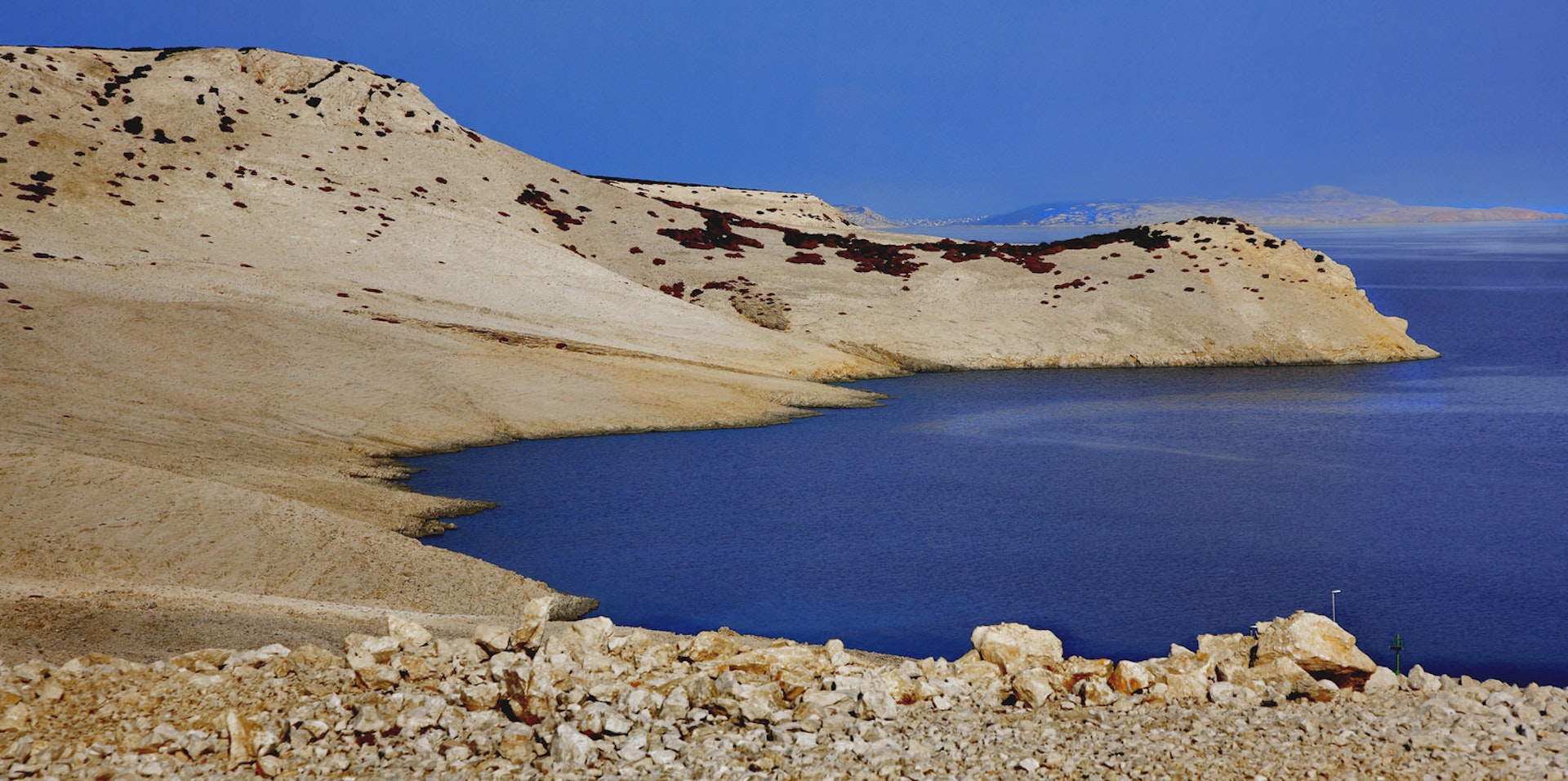
The salty, herbaceous environment that the sheep graze has turned the island’s deliciously tangy Paški sir cheese into a drawcard in its own right. The island’s other unique cultural legacies include the craft of lace-making and the annual Carnival with its masked dances. Pag’s strange beauty hasn’t gone unnoticed and the usually peaceful island is a hotspot for summer hedonists who come to party at the clubs and music festivals on Zrće Beach.
Nin: the Croatian Bethlehem
The Croats colonized Nin (nin.hr) at the beginning of the 7th century and formed their first capital here on the edge of a bird-filled lagoon at the mouth of the Miljašić Jaruga river. Seven of Croatia’s early kings were presented to the people at the Church of St Nicholas and Croatia’s first bishop held court in Nin’s 9th-century Church of the Holy Cross.

Aside from its venerable history, the old island town is also utterly charming. The Roman salt pans are still in operation and wild gladioli grow abundantly in the marshy wetlands. It’s also popular with families, who enjoy the long sandy beaches and the warm, shallow waters of the lagoon.
Slalom sailing through the Kornati Islands
The 16th-century chapel of Our Lady of Tarca stands on the rocky shore of Kornat, 18 miles west of the northern Dalmatian coast. Desolate Kornat is the largest island in a dense collection of 140 karst isles and islets, over half of which make up Kornati National Park.

Sailors head to the chapel early in the sailing season to pay their respects to St Anthony before setting out in their schooners, yachts and ketches, ferrying scuba divers and snorkellers to hidden coves and wreck sites that only they know. Afterwards they grill škarpina (scorpion fish) on deck or deposit their famished Robinson Crusoes at simple taverns like Konoba Levrnaka (konobo-levrnaka.hr). Daily tours (np-kornati.hr) leave Murter between June and October.
Kicking back in Šibenik
Along with the Krka National Park, Šibenik hit the small screen as the wealthy free city of Braavos in Game of Thrones. While it’s nowhere near as well known as Dubrovnik, its handsome stock of limestone palaces, historic churches and the Unesco World Heritage listed St James’ Cathedral, deserve far greater attention.

For now at least, its cobbled squares, Venetian fortresses and broad promenade throng with unhurried locals. Why not join them, walking beside the sea on the Riva promenade, eating truffle pasta at Pelegrini or nursing a coffee in a ringside seat at one of the city’s waterfront cafes.
Europe's latest music festival playground
Making a play for Europe’s festival crown, northern Dalmatia lays claim to some of Croatia’s biggest and best music festivals. Most of them take place between June and August, bringing tens of thousands of party-goers to Zrće Beach on Pag Island and The Garden, in Tisno. Most festivals have beach stages, open-air nightclubs and plenty of boat parties.

So great is Dalmatia’s festival boom that this summer Dan Blackledge (founder of Hideout) plans to launch an unprecedented multi-month festival experience on the uninhabited island of Obonjan (otokobonjan.com), just off the coast from Šibenik. Up to 800 guests can enjoy the program of music, workshops, yoga and film screenings on their very own private-island getaway.



